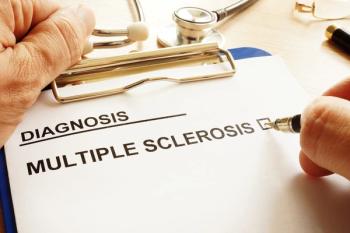
Segregation a Significant Risk Factor for Outcomes in NSCLC
Access to surgery in early-stage patients with non-small cell lung cancer is dependent upon the extent of racial segregation in the patient’s neighborhood, according to a new study in Cancer Epidemiology, Biomarkers & Prevention.
Access to surgery in early-stage patients with non-small cell lung cancer (NSCLC) is dependent upon the extent of racial segregation in the patient’s neighborhood, according to a
A retrospective, cohort study among more than 8000 NSCLC patients in Georgia, using data from the Georgia Comprehensive Cancer Registry, evaluated the effect pf segregation, low income, and the combination, on the odds of surgical intervention in those patients.
The authors write that living in areas with the highest [absolute odds ratio (AOR), = 0.35, 95% CI, 0.19-0.64] and second highest (AOR = 0.37, 95% CI, 0.20-0.68) levels of segregation was associated with decreased odds of receipt of surgery. This in turn had a significant impact on patient survival, with black patients in the segregated regions being 31% more likely to die of the disease. The inverse correlation held true in white patients in the low-income neighborhoods, but only with respect to their access to surgery—not survival.
“Our findings suggest how black and white individuals experience segregation and area-level poverty is likely different leading to differences in adverse health outcomes,” the authors conclude.
“At least half of patients diagnosed at early stages who undergo surgical treatment survive more than five years, whereas, without surgery, most will die within a year,” said the study’s lead author Asal Mohamadi Johnson, PhD, MPH, in a statement. “Health disparities are a result of a combination of social, cultural, behavioral, and political factors. Any genuine commitment to address them successfully should include experts on economic development and urban planning, as well as policymakers and the medical community,” Johnson continued. “Most importantly, the residents of these communities must be involved and a part of the process.”
Newsletter
Stay ahead of policy, cost, and value—subscribe to AJMC for expert insights at the intersection of clinical care and health economics.













































